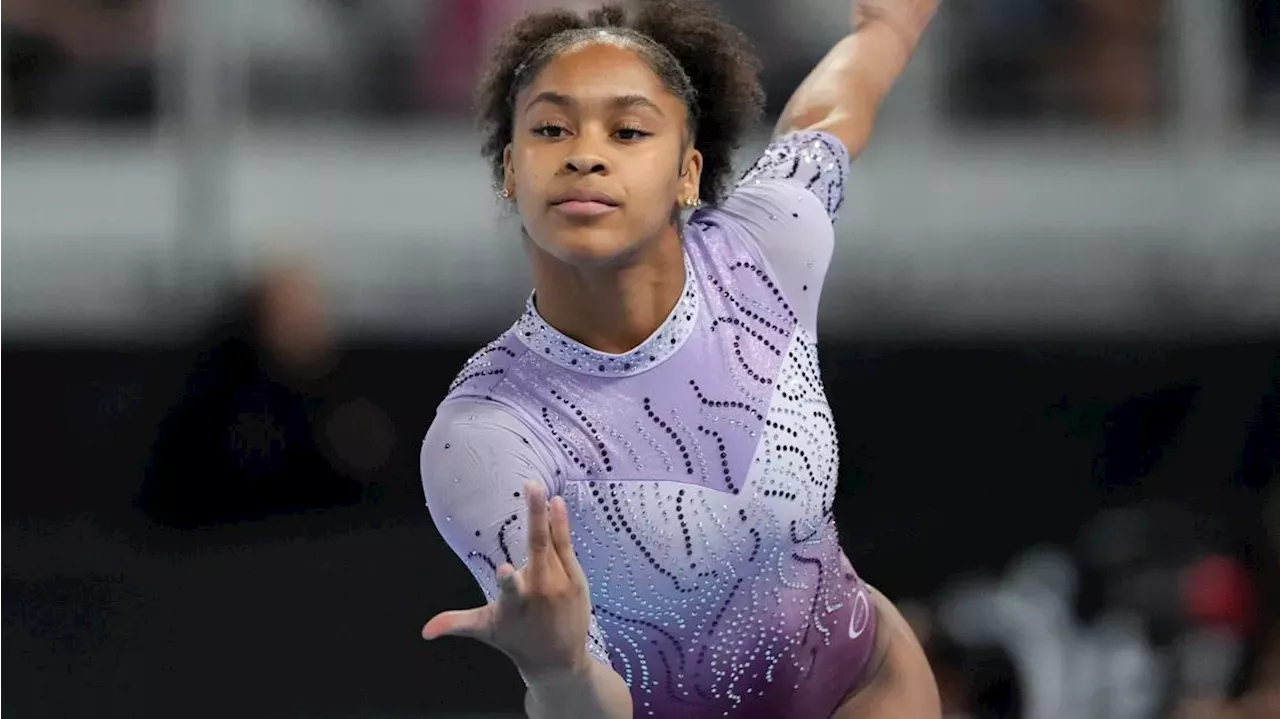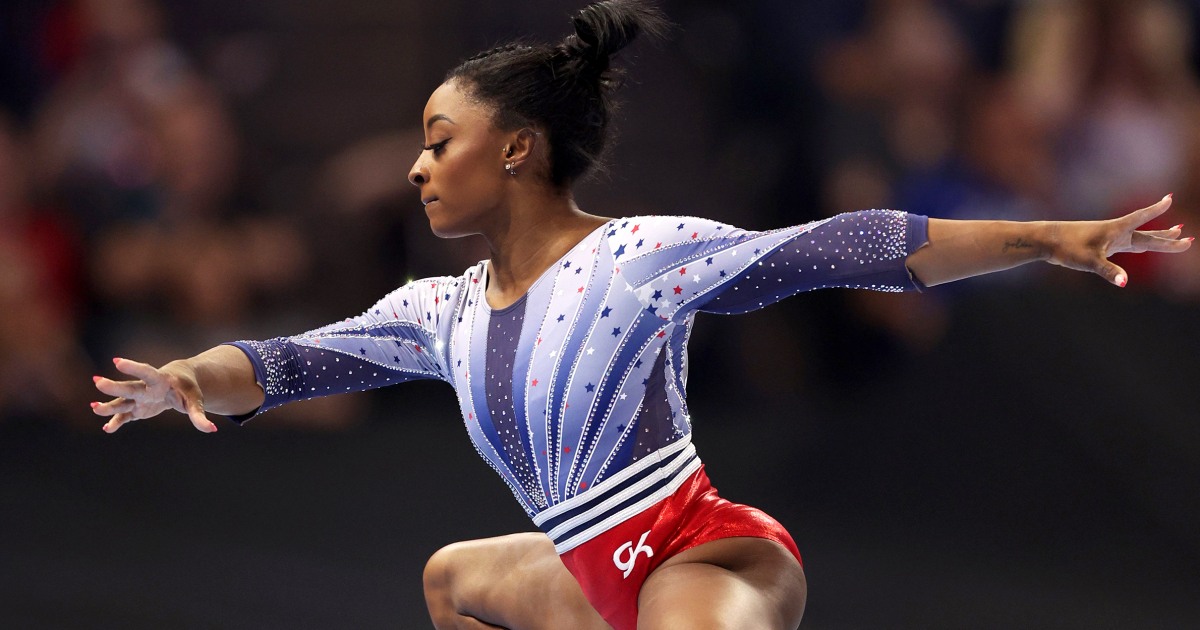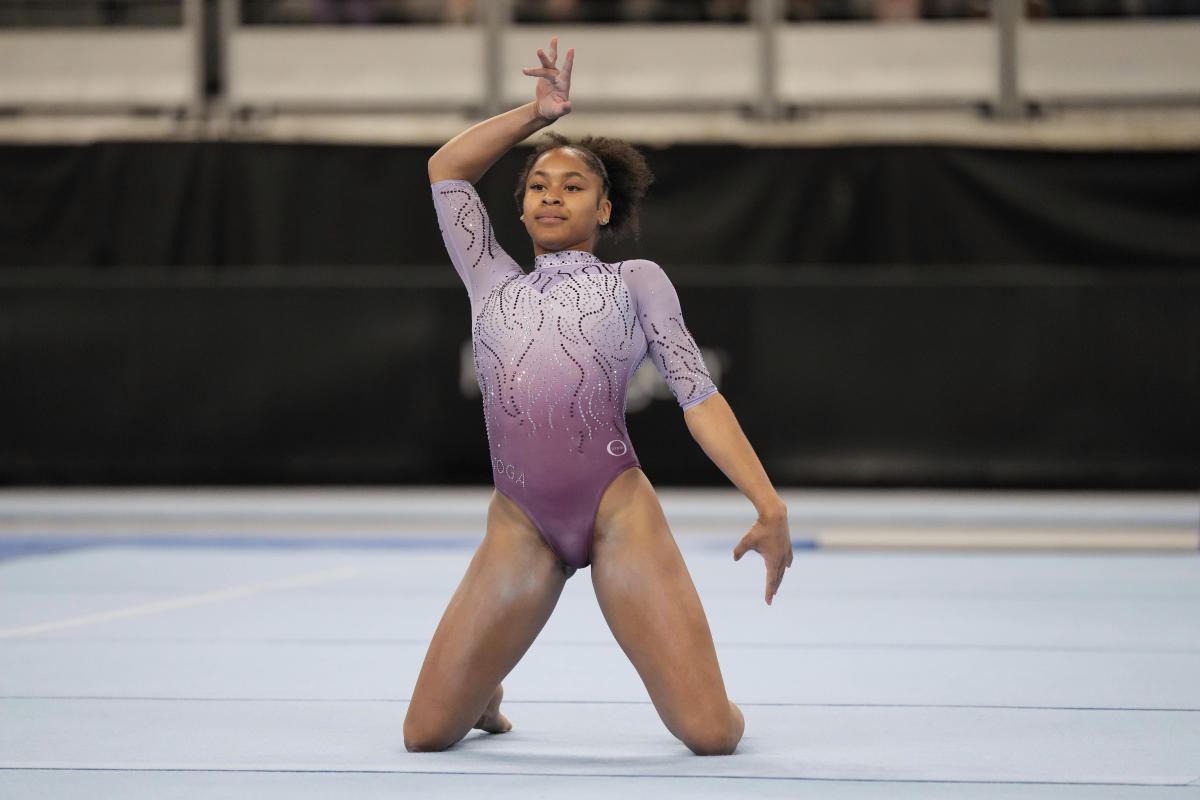Types of Gymnastics Injuries

Gymnastics injuries – Gymnastics is a physically demanding sport that requires athletes to perform complex and often dangerous maneuvers. As a result, gymnasts are at risk for a variety of injuries.
Gymnastics, a sport of grace and agility, can also be a breeding ground for injuries. From sprains and strains to more severe breaks and dislocations, gymnasts put their bodies through a grueling test. Shane Wiskus , a talented American gymnast, has faced his fair share of injuries, including a torn Achilles tendon.
Despite these setbacks, Wiskus has persevered, showcasing the resilience and determination that defines the sport of gymnastics.
Gymnastics injuries can be classified by body part or by type of injury. Some of the most common types of gymnastics injuries include:
Upper Body Injuries
- Wrist injuries: Wrist injuries are common in gymnasts, particularly those who perform handstands and other weight-bearing exercises on their wrists. Wrist injuries can range from sprains and strains to more serious fractures.
- Elbow injuries: Elbow injuries are also common in gymnasts, particularly those who perform exercises that require them to extend or flex their elbows repeatedly. Elbow injuries can range from tendinitis to more serious dislocations.
- Shoulder injuries: Shoulder injuries are less common in gymnasts than wrist and elbow injuries, but they can be more serious. Shoulder injuries can range from rotator cuff tears to more serious dislocations.
Lower Body Injuries
- Ankle injuries: Ankle injuries are common in gymnasts, particularly those who perform exercises that require them to land on their feet. Ankle injuries can range from sprains and strains to more serious fractures.
- Knee injuries: Knee injuries are also common in gymnasts, particularly those who perform exercises that require them to jump or land on their knees. Knee injuries can range from tendinitis to more serious ligament tears.
- Foot injuries: Foot injuries are less common in gymnasts than ankle and knee injuries, but they can be more serious. Foot injuries can range from plantar fasciitis to more serious fractures.
Other Injuries
- Back injuries: Back injuries are common in gymnasts, particularly those who perform exercises that require them to bend or twist their backs. Back injuries can range from sprains and strains to more serious herniated discs.
- Neck injuries: Neck injuries are less common in gymnasts than back injuries, but they can be more serious. Neck injuries can range from sprains and strains to more serious spinal cord injuries.
- Head injuries: Head injuries are rare in gymnasts, but they can be very serious. Head injuries can range from concussions to more serious skull fractures.
The frequency and severity of gymnastics injuries vary depending on the type of injury and the gymnast’s individual risk factors. However, some injuries are more common than others. For example, wrist injuries are the most common type of gymnastics injury, followed by ankle injuries and knee injuries.
Gymnastics injuries can be prevented by following proper training techniques, warming up properly before exercising, and using proper equipment. However, even with proper precautions, injuries can still occur.
Risk Factors and Prevention Strategies: Gymnastics Injuries
Gymnastics is a physically demanding sport that involves complex movements and high-impact landings. This can put gymnasts at risk of various injuries. Understanding the risk factors and implementing effective prevention strategies is crucial to minimize the likelihood of injuries and maintain optimal athletic performance.
Training Intensity
Excessive training intensity is a significant risk factor for gymnastics injuries. Training loads that exceed the athlete’s capacity can strain muscles, tendons, and joints, leading to acute or overuse injuries. Gradual progression of training intensity, appropriate rest periods, and monitoring of athlete workload are essential to prevent overload and minimize injury risk.
Technique
Improper technique can increase the stress on the body, making gymnasts more susceptible to injuries. Correct technique ensures efficient movement patterns, proper load distribution, and minimizes unnecessary strain. Regular technical training, feedback from coaches, and video analysis can help gymnasts improve their technique and reduce injury risk.
Conditioning, Gymnastics injuries
Gymnastics requires a high level of strength, flexibility, and balance. Deficiencies in these areas can compromise stability, coordination, and the ability to withstand the demands of the sport. Incorporating strength training, flexibility exercises, and balance drills into training programs can enhance conditioning and reduce the risk of injuries.
Equipment
Defective or poorly maintained equipment can contribute to gymnastics injuries. Regular inspections, proper setup, and adherence to safety standards are essential to ensure equipment is safe for use. Gymnasts should also be trained on proper equipment use to minimize the risk of accidents and injuries.
Injury Screening
Regular injury screening can identify potential risk factors and vulnerabilities in gymnasts. Comprehensive assessments by medical professionals can detect underlying conditions, muscle imbalances, or flexibility limitations that may predispose athletes to injuries. Early detection and appropriate interventions can help prevent or mitigate injuries.
Role of Coaches, Athletes, and Medical Professionals
Coaches, athletes, and medical professionals play vital roles in injury prevention. Coaches should prioritize proper training techniques, monitor athlete workload, and provide a supportive environment that encourages open communication about any pain or discomfort. Athletes need to be proactive in reporting injuries, adhering to training plans, and seeking medical attention when necessary. Medical professionals can provide expert guidance on injury diagnosis, treatment, and rehabilitation, ensuring optimal recovery and injury prevention.
Treatment and Rehabilitation

Gymnastics injuries require prompt and appropriate treatment to promote healing, manage pain, and prevent complications. The principles of treatment include:
- Immediate care: This involves assessing the injury, providing first aid, and immobilizing the affected area to prevent further damage.
- Pain management: Pain can be managed through medication, ice therapy, and rest.
- Rehabilitation protocols: These involve a structured plan of exercises and therapies to restore range of motion, strength, and function.
Treatment Methods
Specific treatment methods for gymnastics injuries include:
- Rest: Resting the injured area allows it to heal and reduces pain and swelling.
- Ice: Applying ice to the injured area helps reduce pain, swelling, and inflammation.
- Compression: Wrapping the injured area with an elastic bandage can help reduce swelling and provide support.
- Elevation: Elevating the injured area above the level of the heart can help reduce swelling.
- Physical therapy: Physical therapy involves exercises and treatments to restore range of motion, strength, and function to the injured area.
Importance of Rehabilitation
Proper rehabilitation is crucial for gymnastics injuries to ensure complete recovery and prevent re-injury. Rehabilitation protocols typically involve:
- Range of motion exercises: These exercises help restore flexibility and movement to the injured area.
- Strengthening exercises: These exercises help rebuild strength and stability in the injured area.
- Functional exercises: These exercises mimic gymnastics movements to help athletes regain their previous level of performance.
Rehabilitation should be supervised by a qualified physical therapist or athletic trainer to ensure proper technique and progression. Adhering to the rehabilitation plan is essential for optimal recovery and a successful return to gymnastics.
Gymnastics injuries, a common concern among athletes, can significantly impact performance and recovery time. To assess the impact of these injuries, it’s essential to analyze the olympic trials results. These trials showcase the skills and resilience of gymnasts while highlighting the potential risks associated with their demanding sport.
By examining the trials’ outcomes, we can gain insights into the prevalence and severity of gymnastics injuries, informing training and rehabilitation strategies to enhance athlete well-being.
